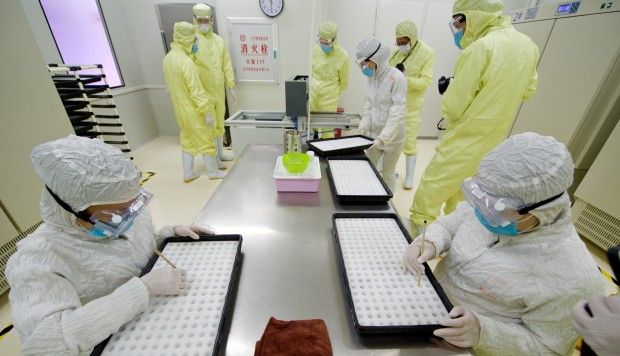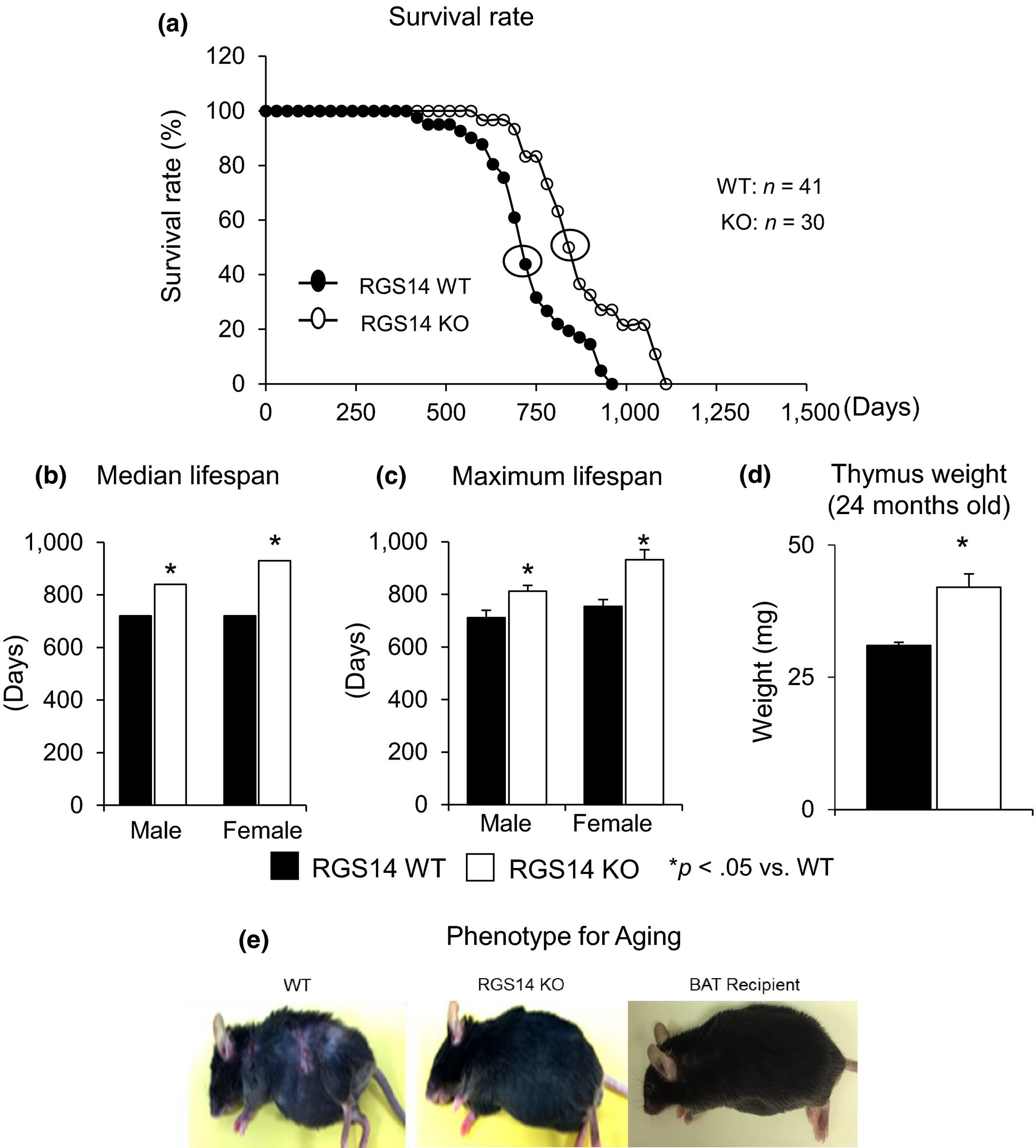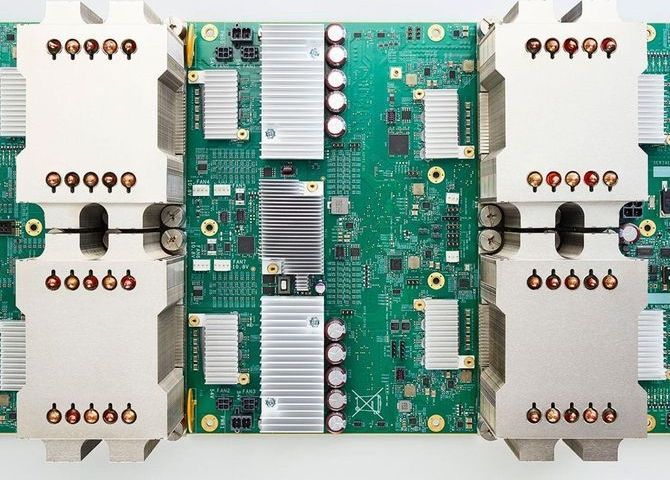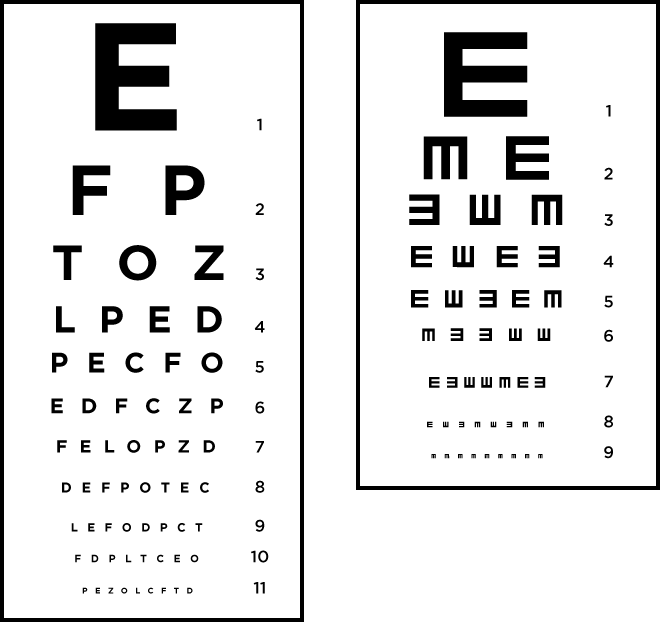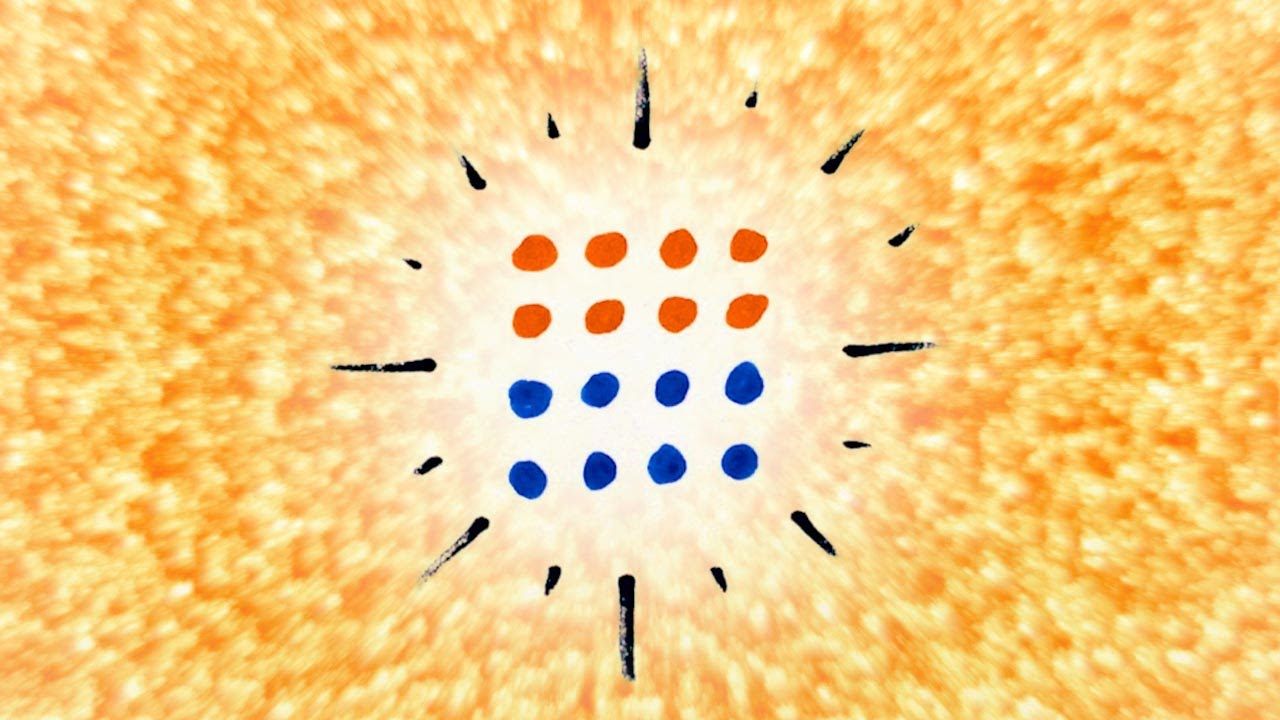Apr 16, 2018
A City-Sized ‘Telescope’ Could Watch Space-Time Ripple 1 Million Times a Year
Posted by Genevieve Klien in categories: cosmology, physics
COLUMBUS, Ohio — A gravitational wave detector that’s 2.5 miles long isn’t cool. You know what’s cool? A 25-mile-long gravitational wave detector.
That’s the upshot of a series of talks given here Saturday (April 14) at the April meeting of the American Physical Society. The next generation of gravitational wave detectors will peer right up to the outer edge of the observable universe, looking for ripples in the very fabric of space-time, which Einstein predicted would occur when massive objects like black holes collide. But there are still some significant challenges standing in the way of their construction, presenters told the audience.
“The current detectors you might think are very sensitive,” Matthew Evans, a physicist at MIT, told the audience. “And that’s true, but they’re also the least sensitive detectors with which you can [possibly] detect gravitational waves.” [8 Ways You Can See Einstein’s Theory of Relativity in Real Life].
Continue reading “A City-Sized ‘Telescope’ Could Watch Space-Time Ripple 1 Million Times a Year” »

